Intraday trading is fast-paced.
You’ve got to make quick decisions, work under pressure, and take the heat every.single.day.
Is this what you want?
Then you’re in the right place.
Because in today’s post, you’ll discover my 7 best intraday trading tips I’ve learned back as a prop trader.
(These are the stuff winners pay attention to that losers ignore).
You ready?
Then let’s begin!
Not all markets are the same. Here’s what you must know…
Here’s the thing:
If you’ve read Technical Analysis books, most tell you the market trends 30% of the time.
But recently, I’ve discovered it’s not entirely true.
In fact, some markets trend better than others—this affects your day trading strategies.
Let me prove it to you…
I applied a simple Trend Following strategy to different markets (credits to Andrea Unger for sharing it in Trading Mentors).
Here’s how it works…
- Buy the breakout of previous day high
- Hold the long position till the price hits the previous day low, and go short
- Hold the short position till the price breaks above the previous day high, and go long
- Rinse repeat over again
Now, I’ve applied this strategy to a portfolio of markets.
And here are the results of two markets that proves my point…
GBP/USD: Equity curve in an uptrend when a Trend Following approach is traded on it.
You see an equity curve that’s moving higher.
This tells you GBP/USD is a trending market as it makes money when a Trend Following approach is traded on it.
AUD/CAD: Equity curve making new lows when a Trend Following approach is traded on it.
Now, you see an equity curve that’s heading lower.
Clearly, AUD/CAD is a mean reverting market as it loses money when a Trend Following approach is traded on it.
So, the lesson is this…
Not all markets are created equal.
As an intraday trader, it’s important to know whether the markets you trade has a trending or mean-reverting behaviour.
Once you know, then you can use the appropriate intraday trading strategies for it.
Next…
Intraday trading: How to tell when the market is exhausted
Now:
The market is like a car running on a gas tank.
It can go only go so far before it exhausts itself.
So, the question is…
How do you know when the market is exhausted?
You can use an indicator like the Average True Range (ATR) and observe its historical volatility
Here’s what I mean…
EUR/USD: Daily ATR
As you can see, EUR/USD has an ATR of 50 pips a day.
This means on average, EUR/USD moved about 50 pips a day (from the highs to the lows).
Now, it doesn’t mean EUR/USD will reverse whenever it makes a 50 pip move for the day because it can “stretch” further than 50 pips.
But as a guideline, if a market has moved 2 ATR for the day, it’s probably exhausted and unlikely to make new highs/lows.
Here’s an example…
EUR/USD 15mins: The price reverses after reaching 2 ATR
Do you see how this affects the kind of intraday forex trading strategies you’ll have?
How to identify market turning points ahead of time
Intraday trading is fast paced.
A level that’s respected a few days ago might be useless now so you must re-draw your levels regularly as part of your intraday trading strategy.
Now, one thing I found useful in my prop trading days is to identify the previous week’s high/low.
Why?
Because that’s the point of extreme optimism/pessimism (for the week) before the reversal occurs.
And this is future reference points where the market could find Support and Resistance.
So, here’s how you draw it…
- Identify the previous week high and low
- Then draw a horizontal line across it, and that’s it
Here’s an example…
Pro Tip #1:
You can get this indicator for free in TradingView. Just search for “Weekly_OHLC” under the indicators tab.
Pro Tip #2:
Mean reverting markets like AUD/CAD, AUD/NZD, USD/CAD respects the previous week high/low better than other Forex pairs.
How to tell when the market is about to make a big move
Here’s the deal:
The volatility of the markets is always changing.
It moves from a period of low volatility to high volatility and vice versa.
This means if the volatility of the previous few days is low, then expect volatility to expand soon.
Here’s an example:
So, how do you use this knowledge to refine your intraday trading strategy?
Simple.
#1 Have a more aggressive target profit
If you’ enter a trade during a low volatility environment, you want to consider having a further take profit level as the price could really move in your favour when volatility expands.
One way is to take half of your profits at 1:1 risk-reward ratio and let the remaining half ride with a trailing stop loss.
#2 Don’t trade against the breakout
Now…
When the price breaks out from a low volatility environment, it can move fast.
So, don’t trade against the breakout (unless you know what you’re doing).
Why the volatile hours are your money-making opportunities
As part of your forex intraday trading strategies, you must pay attention to volatile market sessions.
Look at the different market sessions below…
Now, let me ask you…
Which session is more profitable to trade?
The London session, right?
Because the market is volatile during this period which offers more trading opportunities.
For example:
If the market has a trending behavior, then you’d want to be trading trend continuation trades or breakouts.
Or if the market has a mean-reverting behavior, then you can look to fade the previous day high/low as a counter-trend trade.
There are many ways to skin a cat, but before you skin the cat, you must know when the cat comes out — which for most Forex pairs is during the London session.
You must know when a major news release is coming out, or else…
You’ll get stopped out of your trades repeatedly.
Here’s why it matters to your intraday trading strategies…
During major news release, the spread widens because there’s a lack of liquidity in the markets (and no it’s not your broker trying to hunt your stops).
So, if your stop loss is near the current market price, you’ll likely get stopped out on the major news release.
So, what can you do about it?
#1: Exit your position before the major news release
What you can do is exit your position before the major news release.
And when the spread becomes normal again, you can re-enter your position if the trading setup is still valid.
Now there’s a catch to this.
Sometimes the news could push the price further in your favour and you’re on the sidelines (because you exited the trade earlier).
#2: Widen your stop loss to withstand the price swing
Alternatively, you can widen your stops to withstand the sudden news spike.
Now, the downside to this is you might lose more than your initial risk.
So, what you can do is reduce your position size on the trade.
For example:
If you have 1 lot short on EUR/USD with a stop loss of 50 pips.
You can consider reducing your lot size to 0.5 lot and increasing your stop loss to 100 pips.
This way, even if you do get stopped out, it’s still within proper risk management.
Does it make sense?
Awesome!
How to identify insanely profitable intraday trading opportunities with low risk
Here’s a fact:
Support and Resistance (SR) on the lower timeframe isn’t as significant compared to the higher timeframe.
This means a bounce off SR on the lower timeframe is likely to move 20-30 pips whereas a bounce of SR on the higher timeframe can move a few hundred pips.
Now you might be thinking…
“But how do I use it to find insanely profitable intraday trading opportunities?”
Here’s how…
- Let the price approach Support/Resistance on the higher timeframe (e.g. Daily)
- Wait for a break of structure on the lower timeframe
I’ll explain…
1. Let the price approach Support/Resistance on the higher timeframe (e.g. Daily)
Be patient and let the price come to a key Support area on your chart.
Here’s an example: The price at Support area on the Daily timeframe
Next…
2. Wait for a break of structure on the lower timeframe
At this point, you’ll see a series of lower highs as the sellers are in control.
So, what you’re looking for is a break of structure, where the price makes a higher high and higher low (signaling the buyers are in control).
Here’s what I mean: Higher highs and lows leaning against the higher timeframe Support
Once you get a break of structure, you can go long and ride the potential move higher.
Conclusion
So, here’s what you’ve learned:
- You must know the behaviour of the markets you’re trading; some have trending behaviour and some a mean-reverting behaviour
- The market is unlikely to exceed 2 ATR in a day. So, you can use it as a gauge to determine how far the market can potentially move in a day.
- The previous week high/low are important levels to pay attention to
- If the volatility of the markets is low over the last few days, then expect volatility to expand soon
- You want to trade during the most volatile hours of the session
- Be aware of major news release as the spread tends to widen (and you could get stopped out of your trades)
- If you want low risk and high reward trading setups, then enter your trades near Support & Resistance (on the higher timeframe)
And there you have it — my 7 best intraday trading techniques that work.
Now here’s what I’d like to know…
What are some things you look for during intraday trading?
What are your forex intraday trading strategies like?
Leave a comment below and share your thoughts with me.


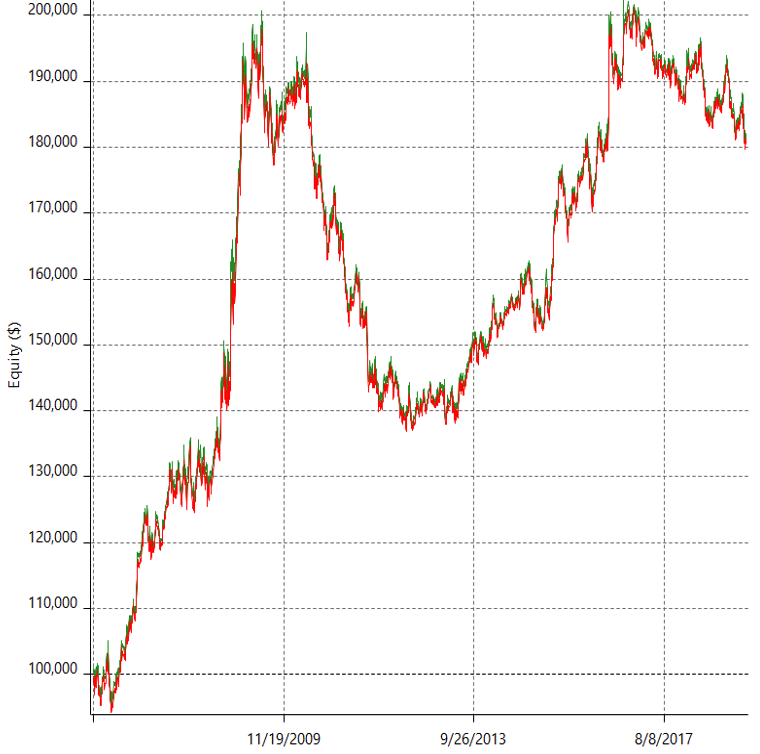
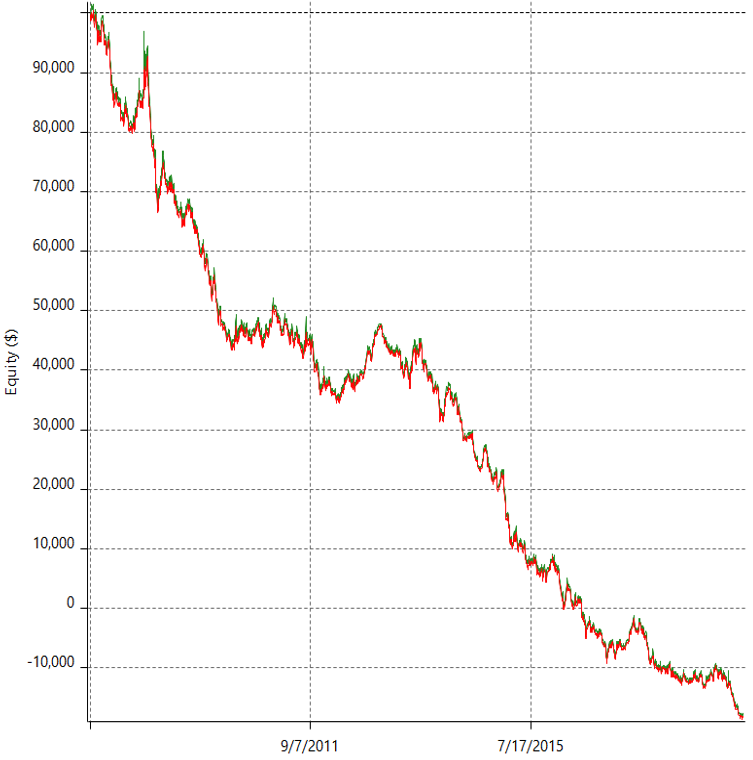
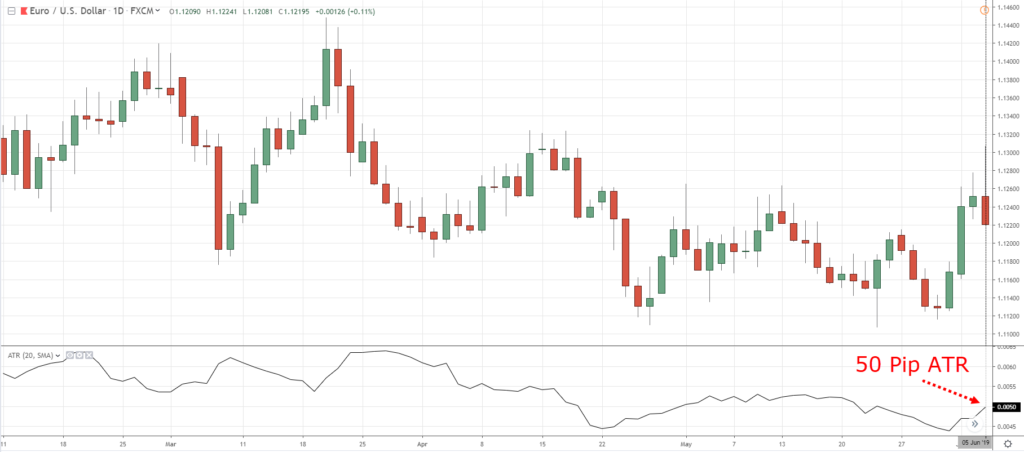
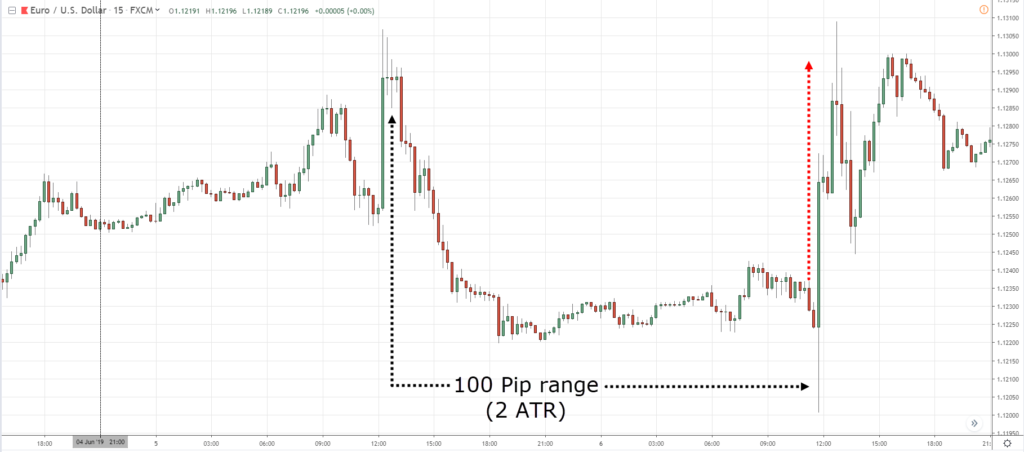
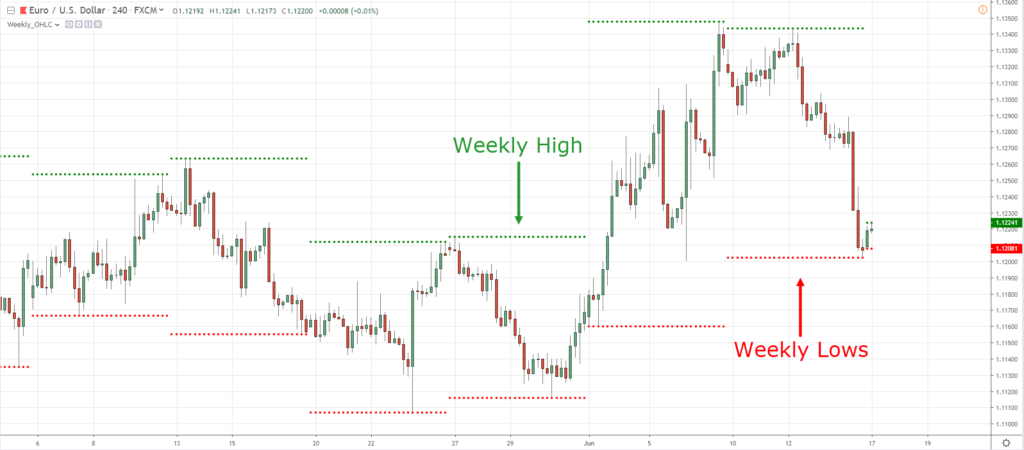
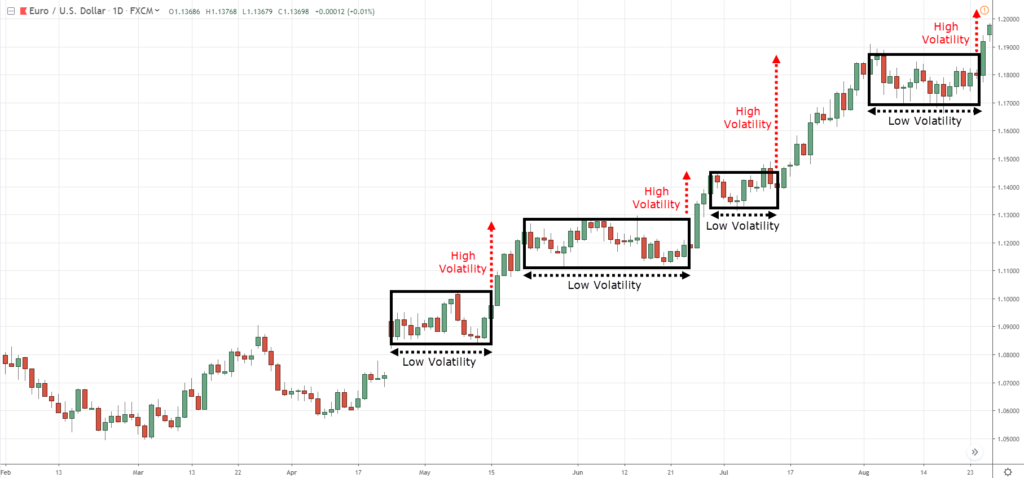
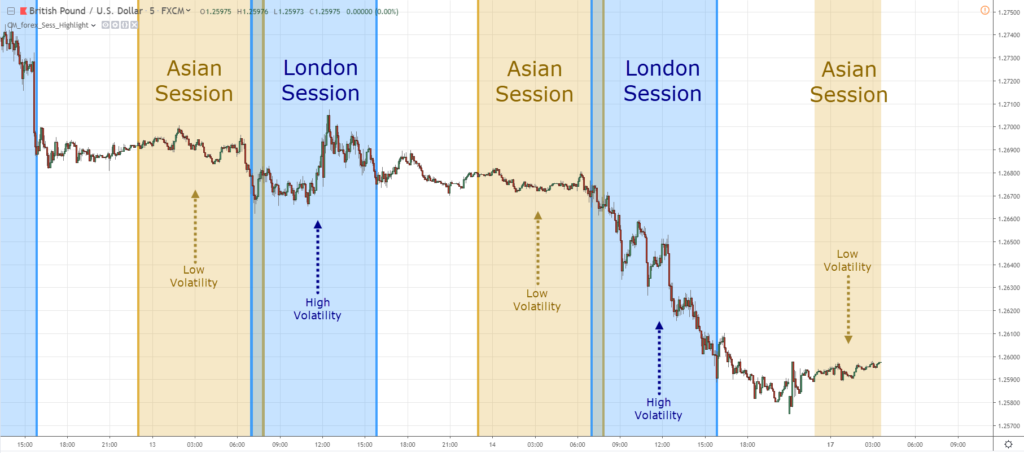
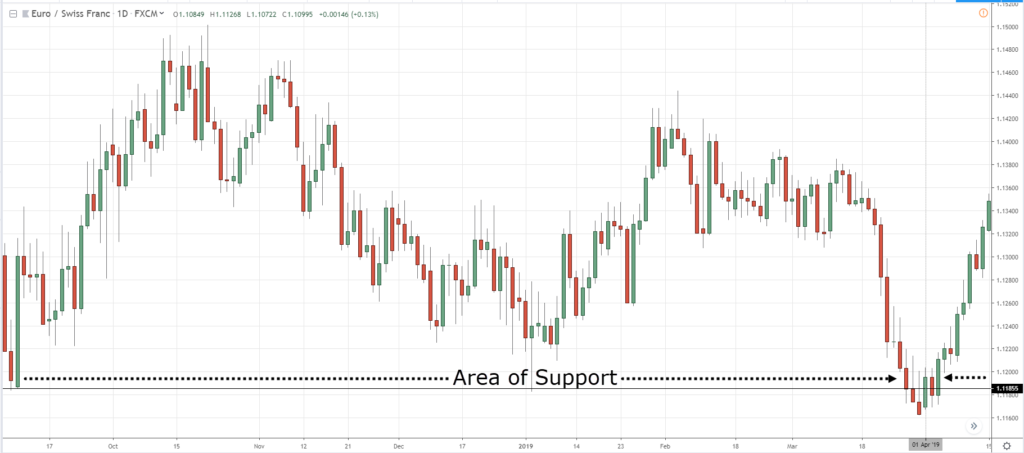
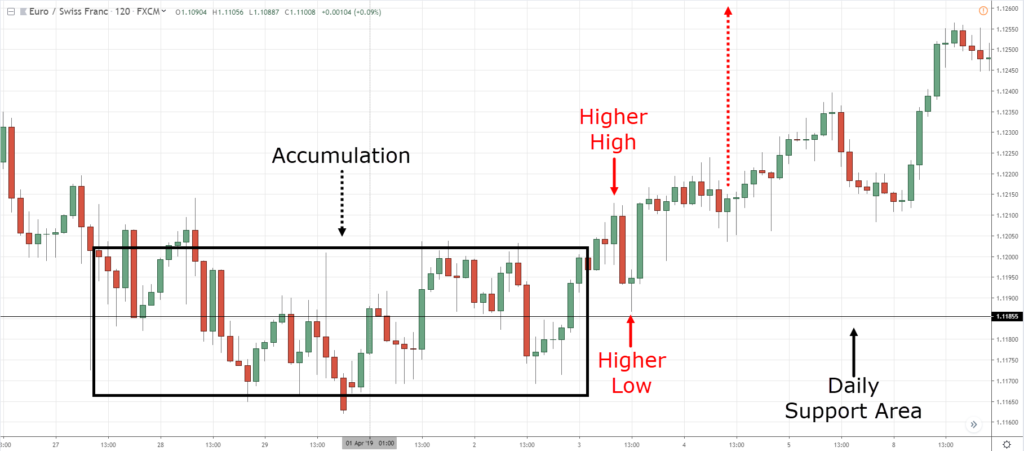
The trading tips you have just given us are very insightful and provide a deeper understanding of how the markets behave.
Awesome!
would’nt have loved this business any better; you the deal nigger ….
cheers!!
Rayner you’re amazing. And provide a deeper understanding of the market .well done
Thank you, Hafsa.
nice
That’s good good of you to educate us God bless you
Cheers
Very useful hints, Thanks
Welcome!
thank you for the trading tip,god bless you and your family
My pleasure!
you are indeed an educator.what more can i ask for?
Thank you very much,it is a wonderful lesson and very impartful.
You’re welcome!
Good work Rayner your doing incredible work traders are now scooping cash from the markets, Big up Brooklyn
Glad to be of help!
Here’s how it works…
1. Buy the breakout of previous day high
2. Hold the long position till the price hits the previous day low, and go short
** If you are holding long and it’s going the opposite direction reaching previous day low… You would loose money?
It depends how much the market has moved in your favour before hitting the previous day low.
1. Buy the breakout of previous day high
2. Hold the long position till the price hits the previous day low, and go short
** If you are holding long and it’s going the opposite direction reaching previous day low… You would loose money?
Rayner could you please amplify this bcoz i am not getting it … its actually confusing me
im gonna save(to enroll) and to learn from you, if you could give me simple profitable system to start with the better.
Thanks again..
How to select stocks for intraday trading?
Rayner, your trading tips are fantastic. Thank you. I am so close to becoming consistently profitable, and I think your insights may get me over the line.
Where do we position a stoo loss on the trend idea (buy a break of the previous day high). Last week my market broke previous day high, barely moved up, followed by a huge engulfing of over 600pts!
One of the possibilities is to consider having your stops below the previous swing low for an uptrend.
You can check this post out for more details… https://www.tradingwithrayner.com/stop-loss-order/
Cheers
Did you learnt trading or you born already in you?
I trade in the intraday markets for Crude in India. I am going to test this strategy and see. Do you have any further tips on how to trade a commodity such as crude?
I don’t have anything specific for it.
Hands Down
The two difference behavior of the market to consider on
Thanks for sharing!
These tips are great.
Glad to hear that!
Thanks Rayner for your generosity. Just one question, does an entry signal on one time frame become less valid if it’s not present on a higher time frame?
The “move or signal” will always appear first on the lower timeframe followed by the higher timeframe.
What’s important is to define your entry timeframe and then stick to it. Trading too many timeframes will only complicate matters.
Buy the breakout of previous day high
Hold the long position till the price hits the previous day low, and go short
Hold the short position till the price breaks above the previous day high, and go long
Rinse repeat over again
Not getting this
That’s a backtest I did to find out whether a market is trending or mean-reverting, those are the rules of the backtest.
The trading tips you are giving for beginners are Excellence. Requesting kindly Share your ideas on positional calls..like how to identify the stocks will move up or down in upcoming days.
I’ll look into it, cheers.
I’m Mupfuni from South Africa, can you please do a video based on how can we draw support and resistance, using different time frame. I’m confused that should I draw support and resistance in Daily,weekly or monthly chats
Check this out… https://www.tradingwithrayner.com/support-and-resistance-trading-strategy/
Which is the best time frame for intraday trading ?
hey thanks for intraday tips….can u do video for intraday trading ?
I’ll look into it…
Looking up to seeing the vedio…. Thanks fir everyday possitivity
Hi Abubakar,
Thank you!
What is the difference between mean reverting market and trending markets?
An example on a daily timeframe:
A trending market would continue to make higher highs. A mean-reverting market would reverse lower after reaching the highs.
Actually im already doing and practicing this. Problem i have right now is I sell too early although I already set an exit point… This article just confirms i think im on the right track but just poor execution… thanks Rayner!
Hey ThunderGod,
You are most welcome!
Gonna try this for the week. Need your mentorship
Thank you for useful tips and your concerns your posts are always amazing may, God bless you Rayner.
Hi Muideen,
You are most welcome!
Awesome sir ji
Hi Cpsharma,
Thank you!
You are Great! I enjoy and learn from your subjects. Keep up the good work.
Hi Terry,
Thank you!
Cheers.
How to select stocks a day before Rayner??? Please make a video on this please
Very useful to us thanks a lot my friend
You are most welcome, Pandiyarajan!
awesome tips
Thank you, Issac!
Excellent explanation as always, very insightful and easy to understand
Thank you, Deepak!
Hey Rhyner, Thanks for inspiring many through your articles. I took quite a lot points from it. My question is when I wanted to go long based on price action indication on perticular stock , but overall market giving indication to go down. So in that case shall i stick to my decission to go long or quit due to overall market is weak ?
Mine is to look for support and resistance in the higher time frame…
Thank you for sharing, Collins!
Hold the long position till the price hits the previous day low, and go short
Hold the short position till the price breaks above the previous day high, and go long
I DIDN’T ABOVE POINT . COULD YOU PLEASE MAKE ME CLEAR.